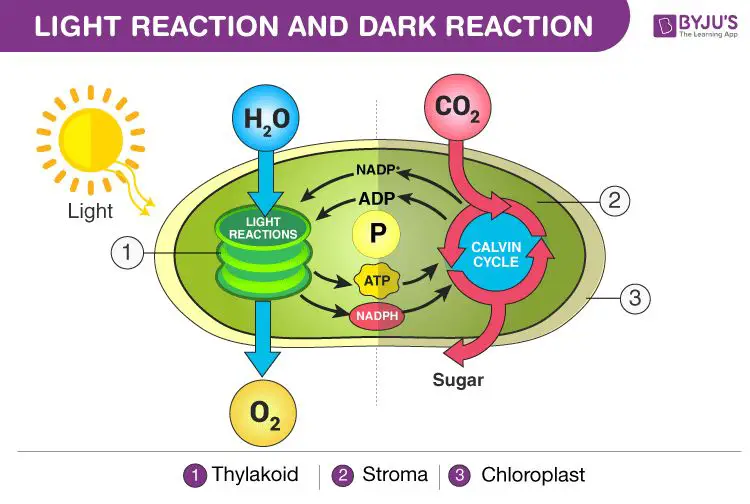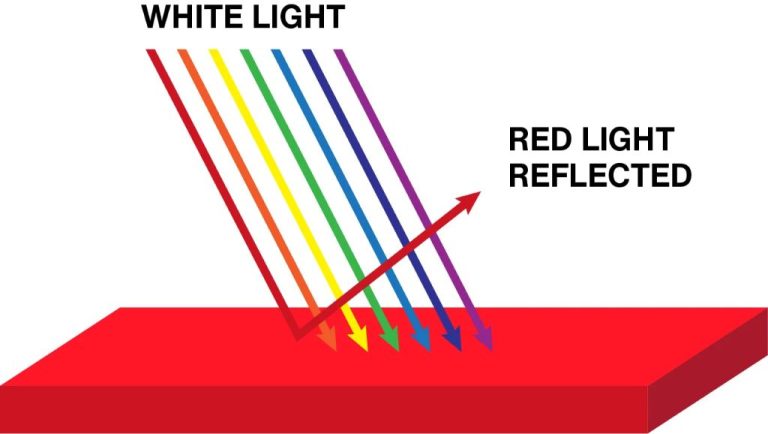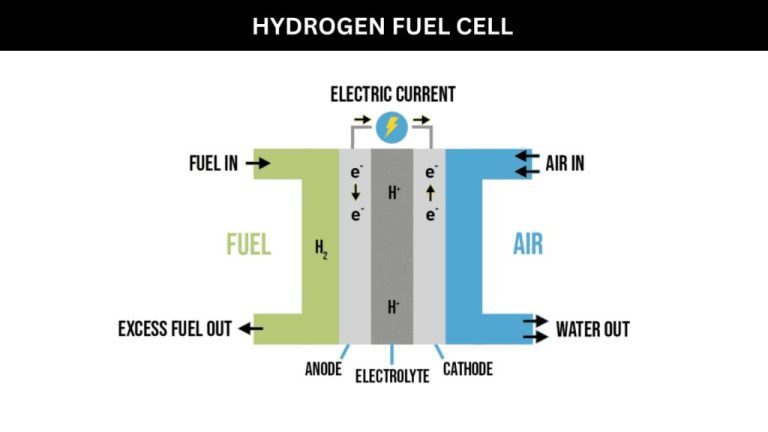What Is The Carbon Oxygen Cycle Photosynthesis?
The carbon oxygen cycle revolves around the synthesis and breakdown of organic molecules containing carbon. Photosynthesis and respiration drive this cycle and allow carbon atoms to be reused and recycled. During photosynthesis, plants, algae and some bacteria convert carbon dioxide (CO2) and water (H2O) into organic carbon compounds like glucose (C6H12O6). Oxygen (O2) is released as a byproduct. The glucose formed can then be broken down through cellular respiration or consumed by other organisms. Respiration and decomposition converts the organic carbon back into CO2 which is released. The CO2 can then be fixed again through photosynthesis, completing the cycle.
By continuously transforming carbon between its inorganic and organic forms, the carbon oxygen cycle provides renewal and sustainability. Photosynthesis also generates virtually all of the oxygen in Earth’s atmosphere, enabling aerobic life. The cycle intimately connects the living biosphere, atmosphere, oceans and geosphere. Human activities are now impacting the cycle by rapidly moving carbon into and out of natural sinks like fossil fuels and forests. Understanding the carbon oxygen cycle and photosynthesis is key to modeling climate change and managing carbon flows.
Photosynthesis Converts CO2 and Water to Glucose and O2
Photosynthesis is the process that plants and some bacteria and algae use to convert carbon dioxide (CO2) and water (H2O) into glucose (C6H12O6) and oxygen (O2). This chemical reaction is powered by sunlight and is essential for nearly all life on Earth.
The overall chemical equation for photosynthesis is:
6CO2 + 6H2O + Light Energy → C6H12O6 + 6O2
During photosynthesis, plants take in CO2 from the atmosphere through small pores called stomata on their leaves. Water is absorbed by the plant’s roots from the soil and transported to the leaves. In the presence of chlorophyll and sunlight, the CO2 and water react, forming glucose and releasing oxygen as a byproduct.
The glucose molecule produced provides plants with the food and energy they need for growth and function. The release of oxygen enriches the atmosphere with the gas that humans and other animals require for respiration.
Photosynthesis is crucial in maintaining normal levels of oxygen and carbon dioxide in the atmosphere. It is the initial process that supports nearly all food chains and life on Earth.
The Role of Chloroplasts
Photosynthesis takes place inside chloroplasts, organelles found in plant cells and algae. Chloroplasts contain the chlorophyll pigments that capture light energy, as well as the enzymes required for the light-dependent and light-independent reactions of photosynthesis. Inside chloroplasts are disc-shaped sacs called thylakoids that are stacked into columns called grana. The thylakoid membrane contains integral and peripheral membrane proteins required for the light reactions. Stroma is the fluid inside chloroplasts where the Calvin cycle reactions occur to fix carbon dioxide into sugar. Therefore, chloroplasts contain all the machinery necessary to convert light energy into chemical energy within plant and algae cells. They provide the compartmentalization and optimized environment for the complex process of photosynthesis.
Light Reactions
The light reactions of photosynthesis convert light energy into chemical energy in the form of ATP and NADPH. This takes place in the thylakoid membranes inside chloroplasts. When light strikes the chloroplast, the light energy is absorbed by chlorophyll and other photosynthetic pigments. This excites electrons in the pigments, causing them to become “energized.”
The energized electrons are then transported through an electron transport chain, similar to what occurs in cellular respiration. As the electrons are transported down the chain, they lose energy. This energy is used to pump hydrogen ions (H+) across the thylakoid membrane into an area called the lumen. This creates a concentration gradient, with more H+ ions inside the lumen than outside in the stroma.
The H+ ions then flow back across the membrane through an enzyme called ATP synthase. This powers the enzyme to produce ATP from ADP and phosphate. Oxygen is produced as a byproduct of splitting water molecules during the light reactions.

In summary, light energy is converted into chemical energy in the form of ATP and NADPH, which will be used in the next stage of photosynthesis, the Calvin cycle.
Calvin Cycle
The Calvin cycle, also known as the dark reactions, is the second stage of photosynthesis where carbon fixation occurs. This process converts the carbon from carbon dioxide into organic compounds like glucose. The Calvin cycle utilizes the energy carriers (ATP and NADPH) generated during the light reactions to fix carbon into three-carbon sugars.
The Calvin cycle takes place in the stroma of chloroplasts and can be broken down into three key steps: carbon fixation, reduction, and regeneration of the initial CO2 acceptor. During carbon fixation, CO2 from the atmosphere reacts with ribulose-1,5-bisphosphate (RuBP), a 5-carbon molecule, catalyzed by the enzyme RuBisCO. This forms an unstable 6-carbon compound that quickly splits into two 3-carbon molecules called 3-phosphoglyceric acid (3-PGA). In the reduction step, the 3-PGA is phosphorylated by ATP to form 1,3-bisphosphoglycerate (1,3BPG). Then NADPH provides the hydrogen and electrons to reduce 1,3BPG into glyceraldehyde-3-phosphate (G3P), which can continue on to become glucose or other organic molecules. Lastly, in the regeneration stage, most of the G3P is recycled to regenerate RuBP so the Calvin cycle can continue. Just one out of six G3P molecules exits the cycle to be synthesized into glucose.
Overall the Calvin cycle harness carbon dioxide from the atmosphere to generate organic compounds like G3P. This three carbon sugar acts a precursor for glucose and other carbohydrates that plants use and store as energy.
Oxygenic vs Anoxygenic Photosynthesis
There are two main types of photosynthesis – oxygenic photosynthesis carried out by plants, algae and cyanobacteria, and anoxygenic photosynthesis carried out by other types of bacteria such as purple bacteria and green sulfur bacteria. The key difference between them is that oxygenic photosynthesis releases oxygen as a byproduct, while anoxygenic photosynthesis does not.
In plants, algae and cyanobacteria, photosynthesis takes place in organelles called chloroplasts using a pigment called chlorophyll. Light energy is captured and used to split water molecules, releasing oxygen as a waste product. The hydrogen from water is combined with CO2 to produce carbohydrates.
In contrast, anoxygenic bacteria use different pigments like bacteriochlorophyll and do not produce oxygen. They use hydrogen sulfide, sulfur or iron as electron donors instead of water. The hydrogen combines with CO2 to produce organic compounds, but oxygen is not released. These bacteria flourished on Earth before oxygenic photosynthesis evolved and greatly increased atmospheric oxygen levels.
While anoxygenic photosynthesis is more primitive, oxygenic photosynthesis had a much bigger impact on shaping Earth’s atmosphere and enabled the evolution of complex life. The release of oxygen by plants and cyanobacteria billions of years ago transformed the planet’s environment.
Photorespiration
Photorespiration is an intriguing aspect of photosynthesis that results in the release of CO2 instead of the fixation of CO2 which occurs in the Calvin cycle. This process involves the enzyme RuBisCO, which catalyzes the fixation of CO2 onto RuBP during carbon fixation. However, due to the dual substrate specificity of RuBisCO, it can also catalyze an oxygenation reaction with O2 instead of CO2 under conditions of high O2, high light intensity, and low CO2 concentrations. When RuBisCO reacts with O2 instead of CO2, it leads to the formation of one molecule of 3-phosphoglycerate and one molecule of 2-phosphoglycolate, which is then metabolized via a series of reactions known as the photorespiratory pathway.
The photorespiratory pathway involves enzymes located in the chloroplast, peroxisome, and mitochondria and results in the release of CO2, essentially undoing the initial carboxylation reaction. For every four carbon molecules cycled through the photorespiratory pathway, one CO2 molecule is lost. While photorespiration decreases the efficiency of photosynthesis, it may serve protective functions such as preventing the over-reduction of the photosynthetic electron transport chain and minimizing the effects of RuBisCO’s oxygenase activity.
Impact on Atmospheric O2 Levels
Photosynthesis has had a significant impact on the level of atmospheric oxygen (O2) over Earth’s long geological history. When photosynthesis first evolved in ancient cyanobacteria around 3 billion years ago, there was very little free oxygen in the atmosphere. However, over billions of years, the oxygen released through photosynthesis gradually accumulated in the atmosphere.
Today, photosynthesis by land plants, phytoplankton and algae accounts for practically all the oxygen present in the atmosphere. It is estimated that photosynthesis creates 260 billion metric tons of O2 each year. Without this continual oxygen production from photosynthesis, the oxygen in the atmosphere would quickly get used up through cellular respiration and oxidation reactions. So in effect, we owe our oxygen-rich atmosphere—which is essential for complex life forms like humans—to the ceaseless work of photosynthesizers!
Scientists believe that around 2.4 billion years ago, atmospheric oxygen levels increased significantly in an event called the Great Oxygenation Event. The buildup of oxygen from photosynthesis eventually led to the development of the ozone layer, which blocked harmful UV radiation, enabling oxygen-breathing organisms to colonize land. So in summary, the carbon-oxygen cycle of photosynthesis and respiration has dramatically shaped the Earth’s atmosphere and the evolution of life on our planet.
Human Impact on the Carbon Cycle
Humans have significantly altered the carbon cycle, mainly through the burning of fossil fuels and deforestation. The burning of coal, oil, and natural gas releases large amounts of carbon dioxide into the atmosphere. Since the Industrial Revolution began in the mid-1700s, fossil fuel emissions have increased dramatically. This has raised atmospheric CO2 concentrations over 40% compared to pre-industrial levels.
Deforestation also contributes to increased CO2 levels. Trees are natural carbon sinks, absorbing CO2 through photosynthesis. When forests are cleared, that carbon storage capacity is lost. It’s estimated that deforestation accounts for 10-25% of human-caused CO2 emissions globally. In the Amazon rainforest alone, around 20% of the forest has been cleared in the past 40 years.
The rise in atmospheric CO2 from human activities is a major cause of global climate change. CO2 is a greenhouse gas that traps heat, causing the planet to warm. The impacts of climate change are already being observed through melting glaciers, rising sea levels, more extreme weather events, and disruption of ecosystems. Mitigating climate change will require humans to drastically reduce carbon emissions and protect natural carbon sinks like forests. The carbon cycle is intricately linked to many aspects of life on Earth. Maintaining balance in the cycle poses an enormous challenge.
Conclusion
The carbon oxygen cycle revolves around the process of photosynthesis, in which plants and other autotrophs convert carbon dioxide and water into glucose and oxygen using energy from sunlight. Photosynthesis is carried out in chloroplasts through light-dependent reactions that generate ATP and NADPH, and the Calvin cycle which fixes CO2 into organic molecules. Oxygenic photosynthesis releases O2 as a byproduct, while anoxygenic photosynthesis does not. Photorespiration is an alternative pathway that converts RuBP back to CO2, decreasing photosynthetic efficiency.
Photosynthesis is crucial for life on Earth as it provides the oxygen atmosphere that most organisms depend on, as well as the organic carbon molecules that make up all living things. The burning of fossil fuels releases ancient carbon back into the carbon cycle, increasing atmospheric CO2 levels and contributing to climate change. Understanding the intricate carbon oxygen cycle helps illuminate the impact of human activities, and highlights the importance of photosynthesis in maintaining the Earth’s ecosystems.




